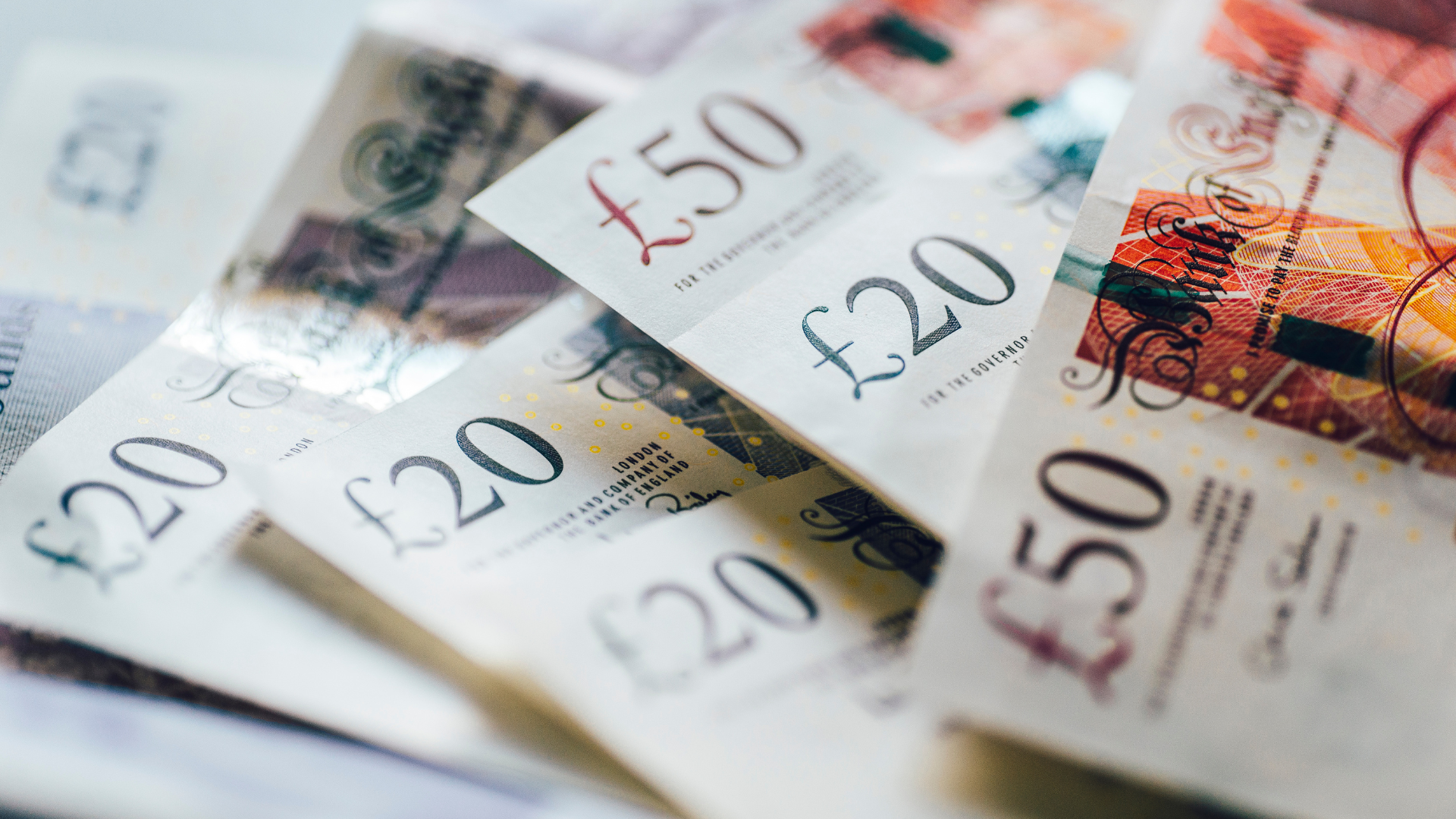The British pound remained steady near 1.2600 against the U.S. dollar, but downside risks are building as markets react to Donald Trump’s latest tariff warnings. The former U.S. president’s stance on trade has reignited concerns about potential disruptions to global commerce, adding uncertainty to the outlook for the pound.
Investors fear that new tariffs on European and UK goods could weigh on economic growth, particularly as Britain continues to grapple with stubborn inflation and slowing consumer demand. While the Bank of England has kept a cautious stance on interest rates, market expectations for future policy moves remain uncertain, keeping GBP/USD in a narrow trading range.
The U.S. dollar’s resilience has also pressured the currency pair, with the greenback strengthening on hawkish Federal Reserve commentary and robust economic data. Traders continue to favor the dollar amid expectations that U.S. interest rates will remain elevated for longer, reducing the appeal of riskier currencies.
Technical indicators suggest that GBP/USD could struggle to maintain its current level, with a break below key support potentially triggering a move toward recent lows. The pound’s near-term direction will depend on a mix of economic data, political developments, and broader market sentiment.
Beyond trade concerns, UK economic fundamentals remain in focus, with upcoming inflation and employment data likely to influence expectations for the Bank of England’s next move. Any signs of economic weakness could increase speculation about rate cuts later this year, adding further pressure on the pound.
For now, GBP/USD remains in a fragile position, with traders balancing domestic economic conditions against the global risk landscape and potential U.S. policy shifts. Markets will closely monitor developments around Trump’s trade rhetoric and any signals from central banks that could impact currency flows.













